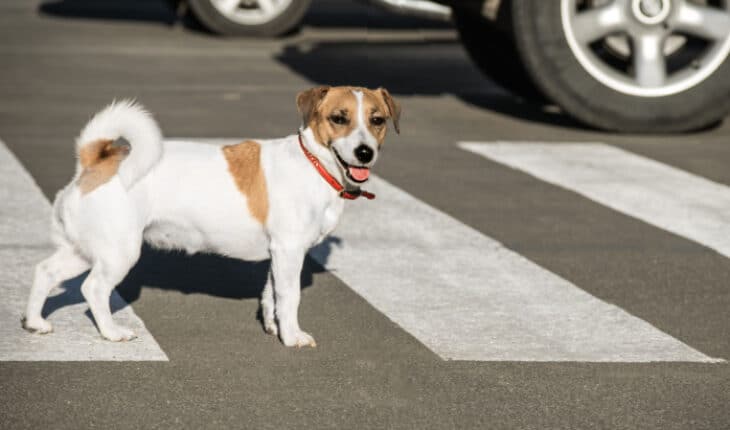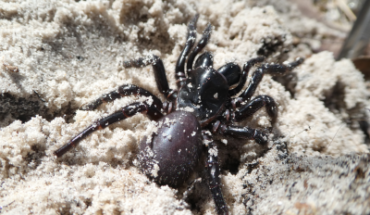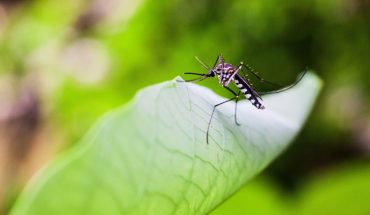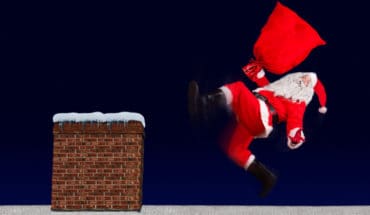When approaching an accident, the most important element is your safety. Fundamentally, if you are injured, you will be unable to help your pet. Make sure that all traffic has stopped and alert everyone that there has been an accident, in order to avoid the possibility of additional casualties.
Be aware of oncoming traffic to ensure that it is not posing an additional danger. It is important to check for fuel spillage or potential fire risk and inform the fire service – turn off car ignitions. Put on hazard lights and encourage other cars to do the same.
Approaching your pet
Stay as calm as you can
- Stress and panic will make things worse for the injured animal.
- Try and reassure them.
- Keep them warm and dry
Phone your vet or the nearest veterinary surgery.
The vet will want to know:
- What has happened?
- Is your pet conscious or unconscious ? Are they bleeding? Where are they injured?
- Where is the animal now and do you need to move them to allow traffic to begin moving again?
The vet should tell you how to stabilise particular injuries and the best way to move the animal.
Muzzles
Consider muzzling your pet if there is a risk of you being bitten
Be aware that injured animals are likely to be scared and in pain. Consequently, dogs in pain and frightened are likely to bite, even if they know and love you. Therefore, you may need to make an emergency improvised muzzle with some bandage or tape looped over the dog’s nose before transporting or handling them.
Never muzzle your pet if they are having breathing difficulties or are at risk of vomiting.
Read our article on how to safely muzzle your pet
Next steps
Keep your dog warm by wrapping them in a blanket, coat or foil blanket
- Ensure their nose and mouth are still exposed.
- Carefully transport them directly to your nearest vet.
- If there is a risk of a spinal injury, you should do your best to avoid twisting your dog when transferring them to your vehicle.
- A car parcel shelf or covered board can make a useful improvised stretcher.
Breathing problems
If your dog is having difficulty breathing :
- Remove their collar, open their mouth and check for any obstructions.
- Assess if they are unconscious and breathing. If so, place them on their right hand side in the recovery position.
Treatment of wounds
You should cover any wounds with a clean cloth and apply gentle pressure to stop bleeding.
Food and drink
Do not give your pet food or drink in case they need an anaesthetic.
However, if there will be a delay getting veterinary treatment and your dog is distressed and dehydrated, on veterinary advice they may be given small amounts of water.
Never give any medication unless directed to do so by the vet.
How to roll them onto an improvised stretcher to transport them – whilst avoiding twisting their spine
Support their head and neck and carefully roll them, ideally onto a stiff board, car parcel shelf, or blanket to transfer them into the car.
Avoid twisting their spine.
Everyone on the road should have a suitably stocked first aid kit and know how to use its contents. Most of the contents of a human first aid kit can be useful to a dog in a medical emergency. Never give any human medication to a dog without veterinary instructions to do so.
Click here for First aid course for dogs
- What is a seizure? - 13th March 2025
- Febrile Convulsions and Seizures in Children - 13th March 2025
- Why women are less likely to receive CPR or survive cardiac arrest - 6th March 2025






